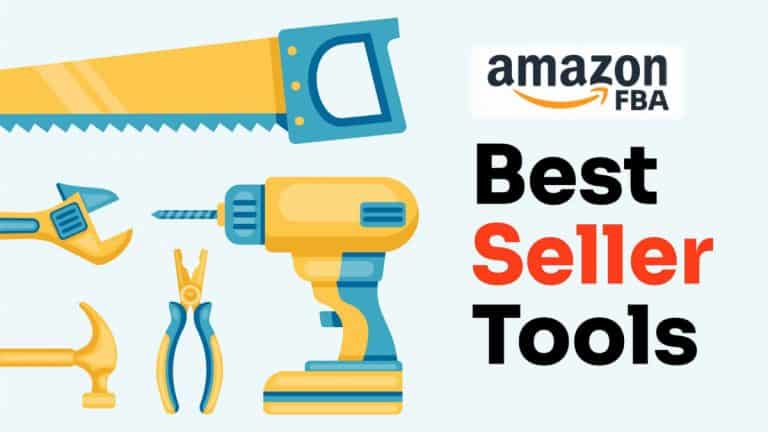Pinterest Marketing for eCommerce: Tips to Drive More Sales

Pinterest Marketing for eCommerce: Tips to Drive More Sales
Pinterest is a powerful visual search engine that can significantly boost eCommerce sales when used strategically. Unlike other social media platforms, Pinterest operates more like a discovery tool, allowing users to find and save inspiration for future purchases. With the right Pinterest marketing strategy, eCommerce brands can drive traffic, increase conversions, and build a loyal customer base.
Understanding Pinterest’s Role in eCommerce
Pinterest is not just a social media platform; it’s a visual search engine where users actively look for ideas, products, and solutions. More than 400 million people use Pinterest every month, and many of them are in the early stages of making purchase decisions. This makes it an ideal platform for eCommerce brands to showcase products, drive organic traffic, and improve brand awareness.
Optimize Your Pinterest Profile and Boards
A well-optimized Pinterest profile establishes credibility and improves discoverability. Use a business account to access analytics and ad features. Ensure your profile includes a high-quality logo, a keyword-rich bio, and a link to your eCommerce store. Organize boards strategically by categorizing them based on product types, trends, or seasonal promotions. Naming boards with relevant keywords improves their searchability and helps attract the right audience.
Create High-Quality, Engaging Pins
Pinterest is a visual platform, so high-quality images and graphics are essential. Use vertical images (1000x1500 pixels) with bright, clear visuals and minimal text. Overlaying text on images can enhance engagement, but it should remain readable on mobile screens. Adding your brand logo subtly to pins helps with brand recognition. Lifestyle images, infographics, and step-by-step guides tend to perform well, increasing engagement and shares.
Leverage SEO to Improve Pin Visibility
Pinterest functions as a search engine, making SEO optimization crucial for visibility. Research keywords using Pinterest’s search bar and trends tool to identify popular search terms related to your niche. Use these keywords naturally in pin titles, descriptions, and board names. Adding hashtags improves searchability, while linking pins to relevant product pages or blog posts enhances user experience and drives traffic to your store.
Use Rich Pins for Better Engagement
Rich Pins provide additional details directly on the pin, improving engagement and conversions. Product Rich Pins automatically update pricing, availability, and descriptions, making them highly valuable for eCommerce brands. To enable Rich Pins, ensure your website is verified with Pinterest and includes structured data markup. Rich Pins not only improve credibility but also make it easier for users to make purchase decisions.
Pin Consistently and Schedule Content
Consistency is key to maintaining visibility on Pinterest. Pinning fresh content regularly signals Pinterest’s algorithm that your account is active and relevant. Use tools like Tailwind to schedule pins in advance and maintain a steady posting schedule. Pinning 10-15 times per day, mixing both original and curated content, helps maximize reach and engagement. Spacing out pins throughout the day increases their chances of being seen by a broader audience.
Utilize Pinterest Ads to Boost Sales
Pinterest Ads offer a powerful way to reach new customers and drive sales. Promoted Pins appear in search results and users’ home feeds, making them highly effective for brand awareness and conversions. Target ads based on demographics, interests, and behaviors to reach a highly relevant audience. Shopping Ads, which feature product catalogs, allow users to make seamless purchases. Running ad campaigns with clear call-to-actions (CTAs) can drive significant traffic and sales.
Drive Traffic with Idea Pins
Idea Pins (formerly Story Pins) are an interactive content format that allows users to create multi-page pins with images, videos, and text. These pins do not contain direct links but are great for building brand engagement. Idea Pins work well for tutorials, product demonstrations, and behind-the-scenes content. Since Pinterest prioritizes Idea Pins in its algorithm, using them regularly can help increase visibility and attract potential customers.
Engage with the Pinterest Community
Actively engaging with Pinterest users improves brand trust and reach. Repinning content from relevant sources, responding to comments, and following similar accounts create a sense of community. Collaborating with influencers or niche bloggers can amplify reach and drive traffic. Group boards are another excellent way to engage with a larger audience and increase exposure.
Track Performance and Adjust Strategies
Pinterest Analytics provides valuable insights into pin performance, audience engagement, and traffic sources. Monitor metrics such as impressions, saves, clicks, and conversions to understand what content resonates with your audience. Analyzing these insights helps refine your strategy, focusing on what drives the most engagement and sales. Experimenting with different pin styles, keywords, and posting times ensures continuous optimization for better results.
Conclusion
Pinterest is a powerful marketing tool for eCommerce brands looking to drive traffic, boost sales, and build brand awareness. By optimizing your profile, leveraging SEO, creating engaging pins, and utilizing paid ads, you can maximize your reach and conversions. Consistent engagement and tracking performance help fine-tune your strategy for long-term success. With the right approach, Pinterest can become a major traffic and sales driver for your online store.





